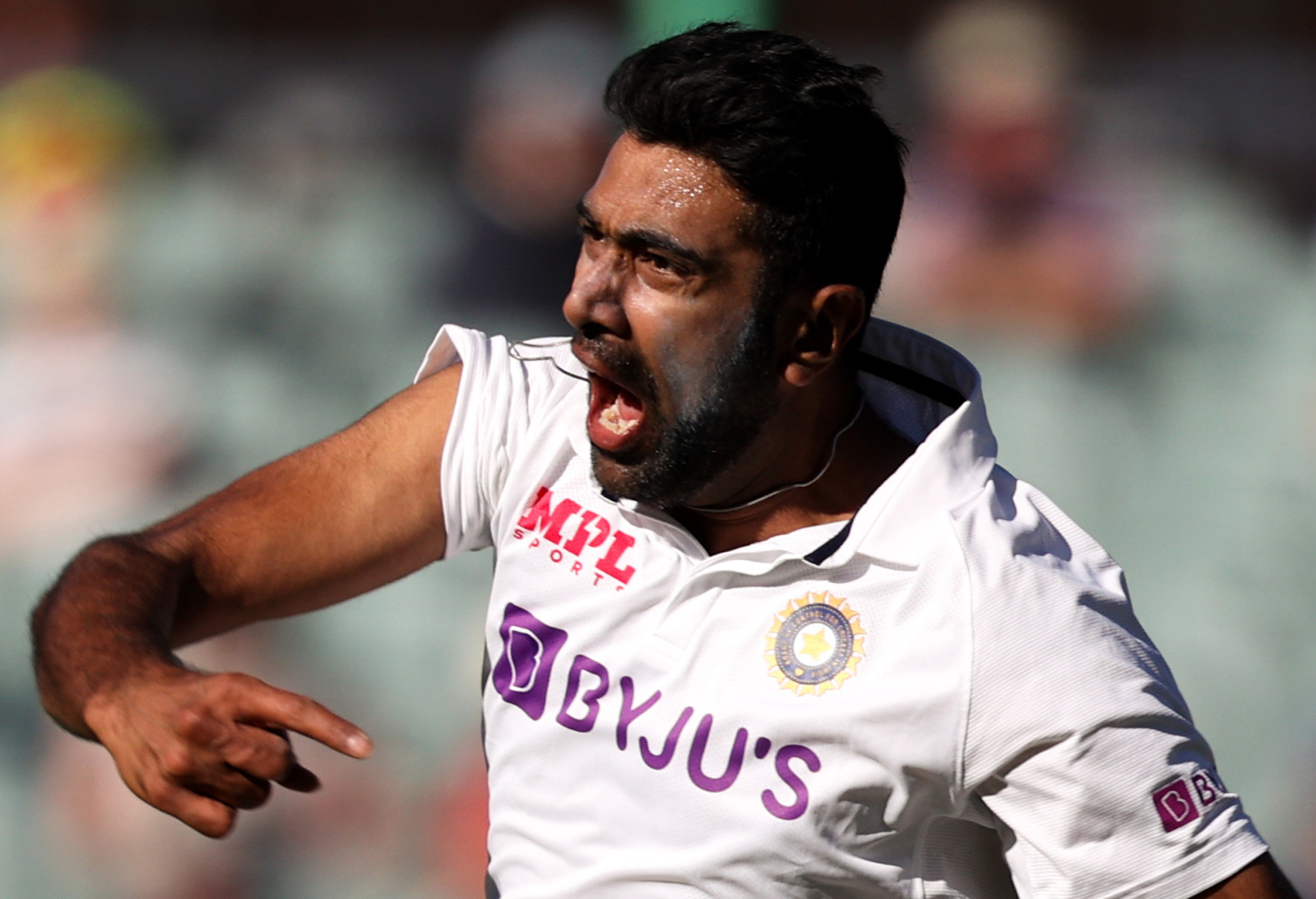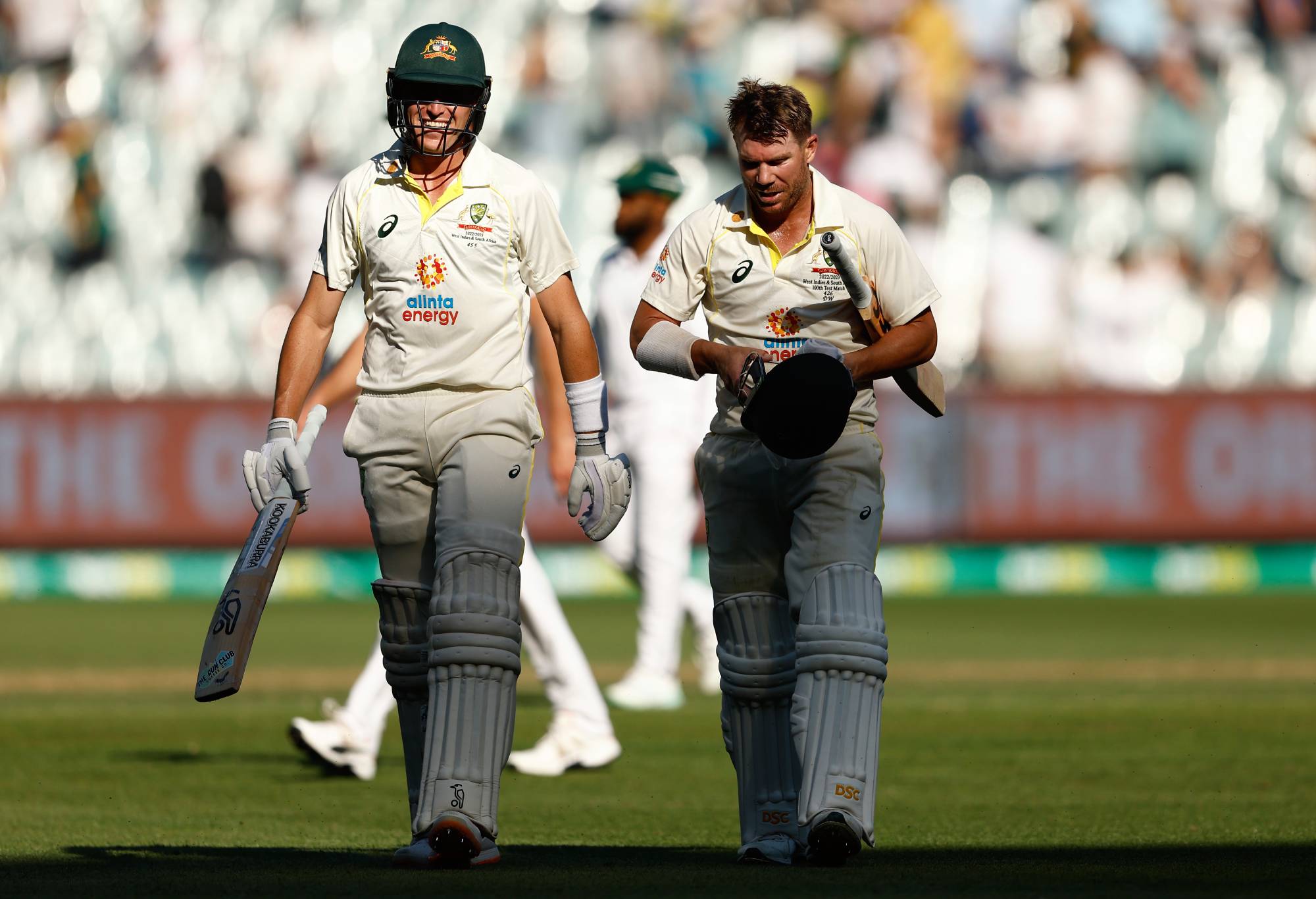When the news of Rishabh Pant’s car accident came in, apart from being worried for the man’s health, Indian fans started to murmur about the team’s chances reducing drastically in the Border-Gavaskar Trophy.
India’s middle and lower order, led by Pant, has been saving the Test team for some time now so his loss has put a big question on the chances of the Indian team in the series against Australia.
The news that Shreyas Iyer, the other reliable middle-order bat, will miss the first Test has added more worries to the fans.
How is the Indian team looking despite all these worries?
India’s batting
The current top order of KL Rahul, Cheteshwar Pujara and Virat Kohli does not inspire confidence after seeing how they played spin at Mirpur. They did not look good against New Zealand when the Kiwis toured India towards the end of 2021.
The return of Rohit Sharma should add strength to the top order. However, Mayank Agrawal going out of the reckoning because he failed in Tests outside India has further dented the team. The selection committee will need to relook at Mayank and keep him in the side, at least as a sub-continent specialist.
The team will miss Pant and Iyer in the middle order considering how impactful their performances have been in the home Tests. Their replacements KS Bharat and Surya Kumar Yadav/Shubman Gill, are yet to prove themselves in Tests.
Considering Gill’s fantastic run in white-ball cricket, he should replace Iyer. SKY has not found form yet in cricket longer than 20 overs. However much he uses Twitter to profess his love for the red cherry, the selectors must resist parochuting him into the team in place of Gill.
The lower order of Ravi Ashwin, Ravindra Jadeja and Axar Patel will contribute runs. However, the India top order will have to stand up and make big hundreds. Otherwise, this is the flank that the Aussies will look to exploit during the series.
India’s bowling
India has plenty of choices in this aspect of the game. They have five fantastic fast bowlers in Mohammed Shami, Mohammed Siraj, Umesh Yadav, Jaydev Unadkat and Jasprit Bumrah. The spin attack comprises Ravi Ashwin, Ravindra Jadeja, Axar Patel and Kuldeep Yadav. Rohit Sharma will have a big challenge to pick five bowlers from this lot to play at Nagpur.
For the first Test, they should go with three spinners (Ashwin, Jadeja, Axar) and two fast bowlers (Mohammed Shami, Mohammed Siraj).
In India, Siraj, with an average of 16 at 35 and Shami, with an average of 21 at 42, get the nod over Umesh Yadav, with an average of 25 at 47.

Ravichandran Ashwin (Photo by Peter Mundy/Speed Media/Icon Sportswire via Getty Images)
Umesh has the highest number of wickets in India, but the numbers of Shami and Siraj aren’t low either. Rohit has the liberty to not even speak of Jasprit Bumrah and Jaydev Unadkat; such are the riches!
Kuldeep Yadav misses out despite his fantastic return to Test cricket. It is hard to look past Axar, with an average of 12 at 33 and 39 wickets. Jadeja makes the cut above Kuldeep due to his batting. Jadeja has an outstanding bowling average of 20 with 172 wickets in India.
Similarly, Ashwin, with a bowling average of 21 with 312 wickets and a batting average of 29, is hard to replace. Such is the competition for places that a bowler like Kuldeep, with an average of 24 and 16 wickets, has to warm the benches.
The strategy for the Aussies will be somehow to eke out 250-plus runs from this Indian attack and then go ballistic against the questionable Indian batting. Their task to win has become even more complicated with the news of Josh Hazlewood missing the first match, possibly two, due to injury.
Australia have left no stone unturned, preparing on turning pitches in Sydney and hiring a bunch of Indian spin doppelgangers to bowl at them in India. But how does this series look for them?
Australia’s batting
Despite seemingly thorough preparations, Australia’s chances will depend on how well Steve Smith plays and how much he scores. He is that important for their chances. Their lone Test win in India for the past 15-plus years came when Smith scored a hundred.
India kept Smith quiet in the previous series in Australia. Has Smith figured out a way to work around the leg side strangling? The fate of this series depends on the quality of the answer to this question. If India takes Smith out of the series, I don’t see Australia competing in this series, leave alone winning it.
We know Marnus “coffee slugger” Labuschagne is a run machine for Australia. However, he is yet to prove himself on India’s turning tracks. He averages 34 in Pakistan and 20 in UAE. The pitches in Pakistan and UAE are slow tracks; none of them are vicious turners like in India. Marnus averages better in Sri Lanka, with an average of 49. The Sri Lankan spin attack is nowhere near the quality of the Indian attack. However, Marnus will play an important role in this series as the second-best batter on the Australian side.

Marnus Labuschagne and David Warner. (Photo by Darrian Traynor/Getty Images)
Usman Khawaja has an astonishing average of 165 in Pakistan and 76 in the UAE. However, he averages only 28 from 6 matches in Sri Lanka and one from 2 innings in Bangladesh. Despite having a mixed bag of returns in the subcontinent, the experience of having scored big runs against Pakistan will help his confidence against the Indians.
Apart from these three, Australia will look at David Warner to provide the big runs. However, he averages 33 against India after 34 innings. His average goes down to 24 in 16 innings if we take his performances in India.
Travis Head has gone through a transformation since his failures against India in Australia. His fast scoring game could be a trump card for Australia if he manages to conquer Indian conditions.
The other motley of batters like Cameron Green, Alex Carey are unknown commodities on Indian pitches.
Australia’s bowling
Apart from Smith’s batting, Australia’s bowling comprising Pat Cummins, Josh Hazlewood, Mitchell Starc and Nathan Lyon, will be India’s biggest threat.
This quartet is peerless and has proven itself in all conditions. India were lucky in 2017 that Starc missed half of the series due to injury. Hazlewood and Starc rattled the Indian in Pune before their spinners got into the act. Cummins joined the party in Ranchi and bowled testing spells to the Indian batters.
Although Lyon has an excellent overall record, I expect the Indians to handle his bowling without much trouble. He averages 34 at a strike rate of 67 against India, which is hardly match-winning. But he can become deadly if the pace bowlers rattle the Indian batters upfront. Shane Warne’s best returns in India came in 2004 when the Aussie pacers strangled the India batters.
CLICK HERE for a seven-day free trial to watch cricket on KAYO
Considering the composition of Australia’s squad and the Indian pitch conditions, Australia will play another spinner alongside Lyon. Going by the social media chat, Aussies might play Ashton Agar who averages 23 with seven wickets from two tests in Bangladesh. That is a good record in similar conditions, but the sample size is small.
Apart from Agar’s good form in the subcontinent, the other primary reason could be the success of slow left-arm spinners against Indian batters. If Agar gets his speed, line, and length right, Indian batters will have a contest.
They should go with six batters and five bowlers for the Nagpur Test. Boland will replace Hazlewood and they could use Todd Murphy or even Lance Morris as the fifth bowler with Starc also out.






























































































